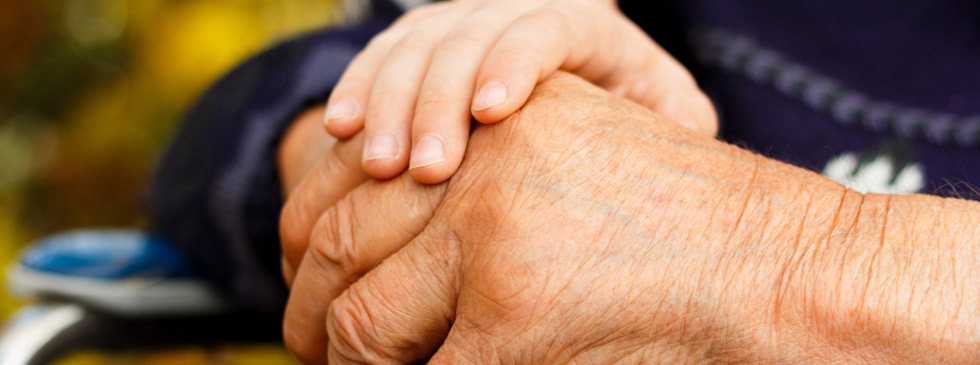The Truth About Hospice – Myth No. 2
Although family caregivers serve as the primary caregivers for their loved ones, you are never alone. You have an expert team to call upon when you need assistance.
A team approach can help families make the most of their time together. A hospice team typically includes the following members:
Physician – An ongoing role of the physician(s) generally is to manage the patient’s symptoms and pain. This involves regular evaluation of comfort and modification of medication as pain and other symptoms may increase.
Family Caregiver – The family caregiver(s) is at the center of the hospice team and the primary caregiver on the hospice team. Family caregivers typically provide care their loved one would receive while in the hospital or a hospice center; for example, bathing, toileting, grooming and assistance with eating. However, caregivers also can look to other members of the team for help and support.
Nurses – Nurses generally check in to make sure that the patient is comfortable and his or her physical needs are being met. Nurses on the core hospice team also educate family members, teaching them techniques for personal care and ways to help keep their loved one comfortable.
Social Workers – Once a family decides to use hospice care, social workers provide information and help coordinate community services such as additional home care or government benefits.
Chaplain – A chaplain provides spiritual support to the person on hospice and his/her family members.
Speech/Physical Therapist – While not part of the core hospice team, a person on hospice may need the assistance of a speech therapist to show him or her techniques to communicate with family members and caregivers. A physical therapist may help a hospice patient learn to move with a disability or a new device.
Hospice Volunteers – Volunteers help by providing the patient with support and companionship.
Hospice Staff -a hospice staff member, such as a home health aide, is available on an intermittent basis, usually one time a week, for assistance with tasks such as bathing.
Professional Caregivers – Outside caregivers from in-home care companies are available to help as well. They can provide care directly, such as companionship, personal care, meal preparation and light housekeeping. They can also provide respite help if the family needs time away or has an outside commitment. A caregiver also can support the family by providing their loved one with assistance with laundry, medication reminders and errands.

